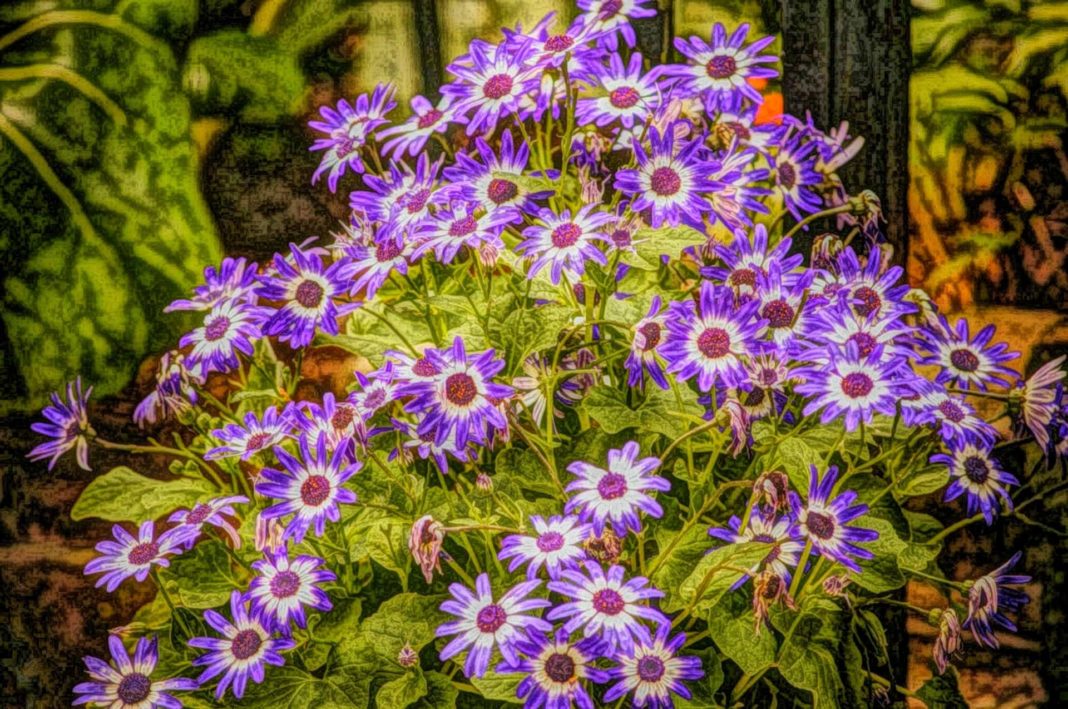According to the Dutch museum, these scents certainly weren’t all pleasant to smell. “The 17th century was also full of foul smells; the stench could be dreadful everywhere. Mains water, sewer systems, deodorant, toothpaste, washing machines, fridges: none of these existed yet — with all the inherent consequences,” the museum explains. The famous Jan van der Heyden painting, “View of the Oudezijds Voorburgwal with the Oude Kerk in Amsterdam,” for example, offers insight into the urban “landscape of scents” at the time. There’s a man sweeping horse manure into piles in the street, while women wash laundry in the canal’s dirty water.
From the smell of fresh linen to the canals of Amsterdam
But “Smell the Art: Fleeting – Scents in Colour” goes further than creating an encyclopaedic repertoire of the odours around in the Netherlands in the 17th century. The exhibition gives visitors the chance to smell them for themselves. Scent dispensers will immerse visitors in the different odours represented in the show’s artworks, whether these are pleasant — like a cupboard of fresh linen or myrrh — or foul. Given that the Mauritshuis is currently closed due to the covid-19 pandemic (and is scheduled to reopen August 29), the museum has decided to start selling scent kits to accompany digital tours of the show.
According to Artnet News, these fragrances were created by a firm called International Flavors & Fragrances. One of them recreates a particular lost aroma: that of the original interior of the Mauritshuis, which was destroyed by fire in the 18th century. “We will be extremely happy if we break even,” said exhibition curator Ariane van Suchtelen, about the 1,500 fragrance boxes commissioned by Mauritshuis. “If they are popular, we can of course make more. If we sell out, we break even, I think. So if we don’t, we don’t.”
According to prestigeonline.com. Source of photo: internet















